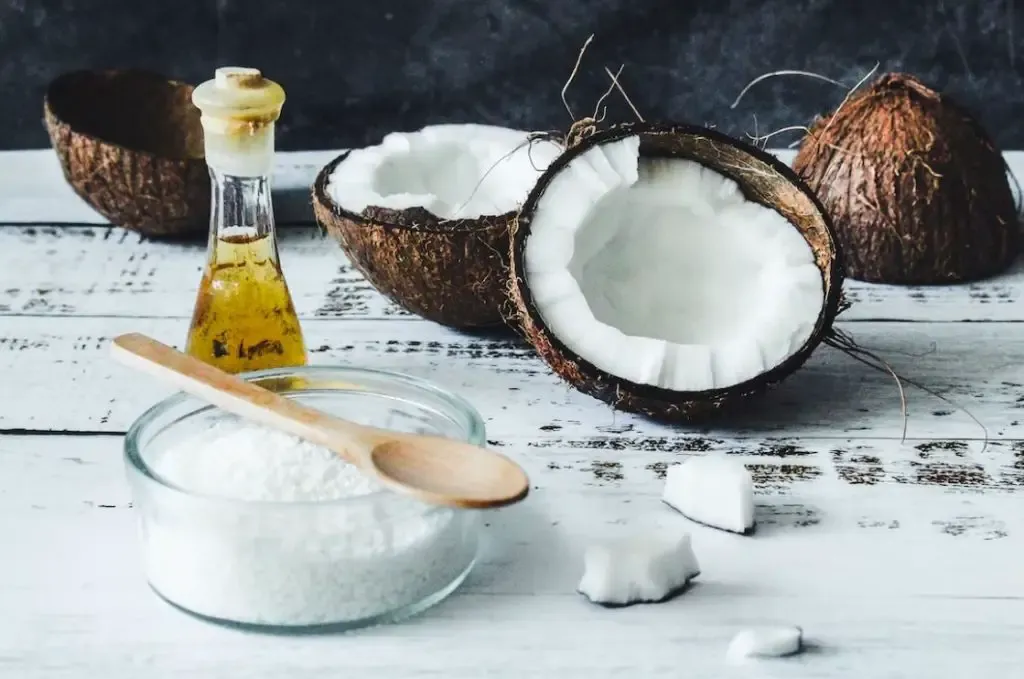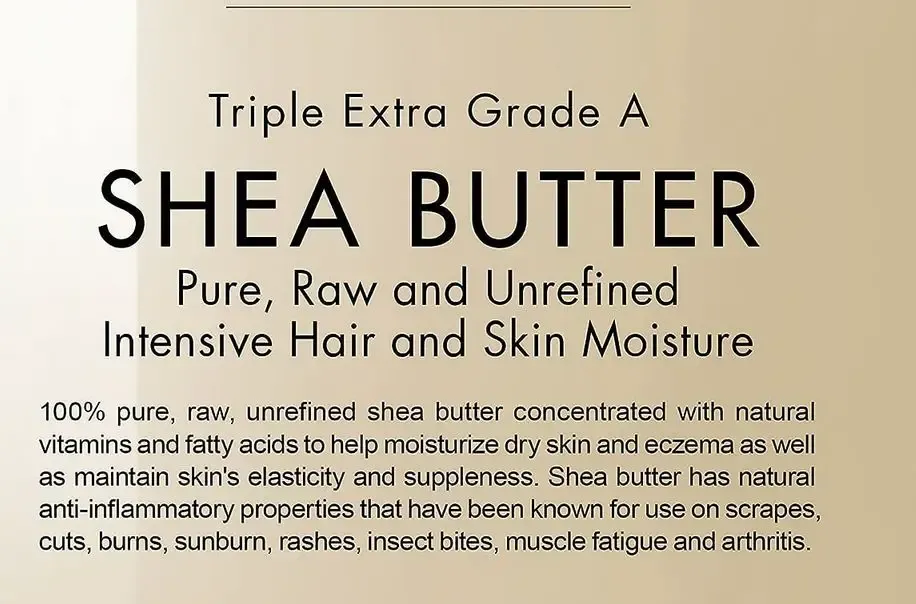· Daniel · Cycling · 5 min read
6 Awesome Chamois Cream Alternatives
Chamois cream is a popular lubricating cream used by cyclists to prevent chafing, irritation, and friction when riding for long periods of time.

Chamois cream is a popular lubricating cream used by cyclists to prevent chafing, irritation, and friction when riding for long periods of time.
The thick, smooth texture of chamois cream helps protect sensitive skin that comes in contact with bike saddles and tight cycling shorts or bibs.
While chamois cream is beloved by many cyclists for its soothing properties, it can be on the pricier side.
Some bike riders may also prefer more natural product ingredients over the petroleum-based formulations found in some mainstream chamois creams.
Luckily, there are a number of alternatives to chamois cream that provide similar protective benefits for the skin.
In this post, I’ll highlight 6 chamois cream alternatives to consider that can hydrate, lubricate, and prevent chafing just as well as standard creams.
Also read Can I Cycle After Tooth Extraction
#1 Coconut Oil
Coconut oil has gained popularity in recent years as a natural moisturizer and anti-bacterial agent. For cyclists, it can be a great alternative to chamois creams.

The oils in coconut oil can provide lubrication to prevent chafing and soothe irritated skin.
Coconut oil is also readily absorbed into the skin, so you don’t have to worry about it clogging pores or feeling overly greasy.
The antibacterial properties of coconut oil will also help inhibit saddle sores and infections.
However, the oil turns liquid at temperatures above 76°F, so it may become runny in hot weather.
While coconut oil works well on its own, some cyclists like to combine it with a bit of beeswax to make it thicker. This homemade chamois balm recipe can provide even more skin protection for long rides.
And since coconut oil is affordable and widely available, it’s easy to stock up.
Also read Search
#2 Shea Butter
Derived from the nut of the African shea tree, shea butter is an all-natural moisturizer ideal for sensitive skin. Its high concentration of vitamins and fatty acids provides intense hydration.
The dense texture of shea butter adheres well to skin for long lasting protection from chafing. It won’t get rubbed off easily.

The water resistant properties also prevent moisture loss, keeping skin in the padding of bike shorts comfy and smooth.
Shea butter also glides onto chafe-prone spots for a soothing barrier between skin and bike seat.
Some cyclists find the natural nutty scent of shea butter off-putting. But unrefined shea butter offers the most skin benefits.
If the aroma bothers you, try mixing in a couple drops of essential oils like lavender or tea tree for a more pleasing scent.
Shea butter offers similar lubricating effects as petroleum-based chamois creams but with pure plant-based moisturizing power.
Also read Bike Chain Wont Go Backwards
#3 Vaseline Body Gel Oil
Vaseline Intensive Care is another good chamois cream alternative.
At around $7 for a 6.8 oz bottle, the gel oil costs only about $1 per ounce. The formula contains mineral oil for lubrication along with cocoa butter to condition skin.
The gel oil texture glides on smoothly and absorbs well without feeling greasy.
The coating it leaves behind stays put through long rides - even when sweating heavily and pedaling fast, to prevent chafe and irritation.
The formula is also non-staining and won’t ruin bike shorts, and washes out easily with soap and water when you’re done riding.
The only downside is that it can get fully absorbed on very long rides of 3+ hours.
But at such an affordable price point, it’s easy to reapply mid-ride if needed.
Also read New Chain Clicking Noise
#4 Aloe Vera Gel
Aloe vera gel is renowned for its cooling and soothing effects on irritated skin and is a great chamois cream alternative.
The hydrating nature of aloe vera helps the skin maintain elasticity and resist chafing.
The antimicrobial ingredients of aloe vera also helps prevent bacterial infections that can lead to saddle sores.
Plus, its naturally moisturizing properties can even provide chafing relief after cycling if you used something else.
Just be sure to choose pure aloe gels without added ingredients like alcohol.
Also read Thumb Shifters On Drop Bars
#5 Olive Oil
Olive oil has natural emollient properties that provide hydrating lubrication. The antioxidant vitamins A, D, E, and K nourish skin while protecting against chafing.
Cold-pressed extra virgin olive oil works the best!
While not as thick as some chamois creams, olive oil provides a slick coating to prevent friction. It absorbs well without clogging pores.

The anti-inflammatory effects are soothing, especially if you already have some saddle sores.
Plus, olive oil won’t stain or ruin your bike shorts.
Also read Can You Return A Bike After Riding It
#6 Jojoba Oil
Jojoba oil too has emollient properties that make it an effective natural chamois cream.
The wax esters in jojoba oil closely mimic the skin’s natural sebum oils. This allows it to be readily absorbed and provide smooth lubrication without clogging pores.
Jojoba oil won’t evaporate as quickly as some other oils too and remains on the skin’s for long rides reducing friction.
It forms a protective layer that shields and moisturizes.
With antibacterial properties, jojoba oil can also deter saddle sores from developing
Frequently Asked Questions
| Question | Answer |
|---|---|
| Chamois Cream Vs Diaper Cream | Chamois creams and diaper creams serve a similar purpose, to prevent skin chafing and irritation. However, chamois creams contain more lubricating ingredients to reduce friction from cycling. Diaper creams focus more on soothing and treating rashes. |
| Is Vaseline As Good As Chamois Cream? | Vaseline or petroleum jelly can provide good lubrication to prevent chafing like a chamois cream. Some models have a thick texture that can feel messy and trap heat. So while Vaseline works decently, a specialized chamois cream is preferable for most cyclists. |



